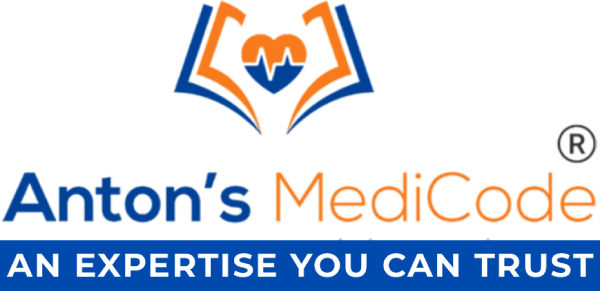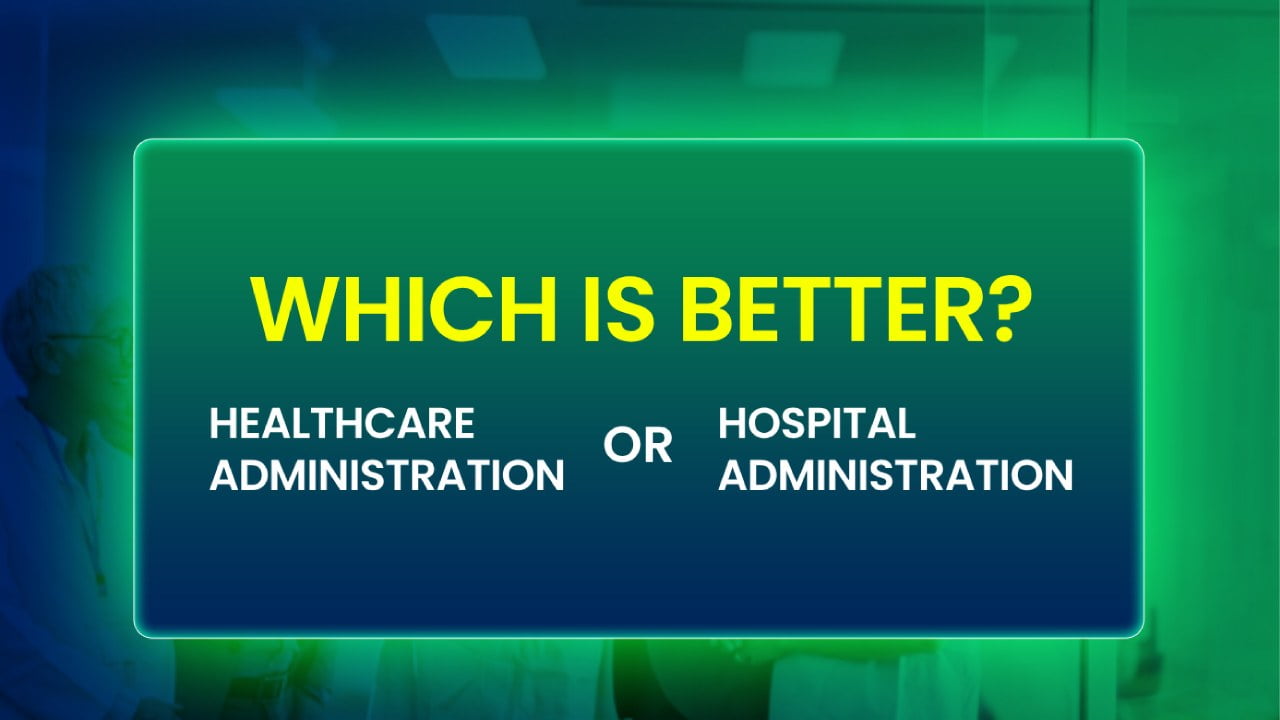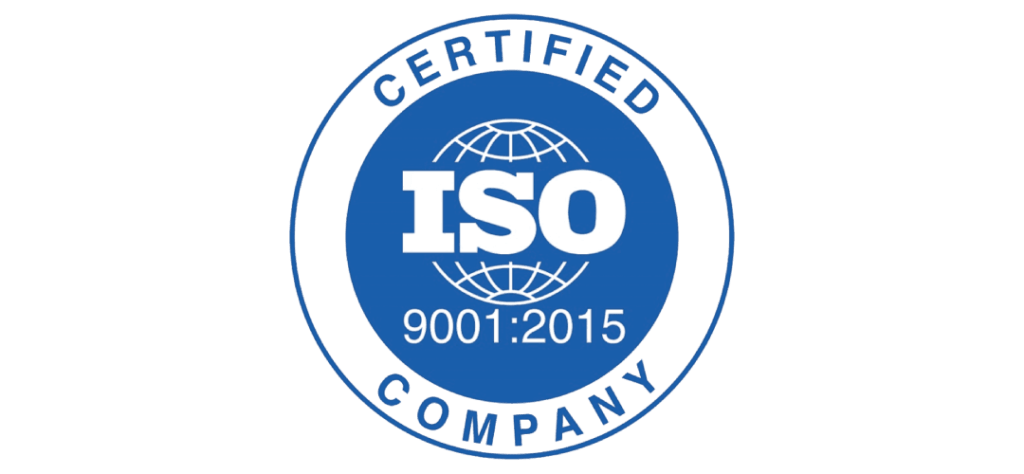Despite its growing popularity in...
Read MoreHome » TOP 5 HEALTHCARE TRENDS FOR 2024
TOP 5 HEALTHCARE TRENDS FOR 2024
- BLOGGED BY KAVYA MOHANAN -
- MAY 16, 2024 -
- 06 MINS READ

Table of Contents
TOP 5 HEALTHCARE TRENDS FOR 2024
Health care is the improvement of health via the prevention, diagnosis, treatment, amelioration or cure of disease, illness, injury, and other physical and mental impairments in people. Health care is delivered by health professionals and allied health fields.
Trend in health refers to changes in the level of respiratory disease activity compared with the previous week. – Increasing: evidence that the level of respiratory disease activity is increasing compared with the previous week.
The primary purpose of medical trend analysis is to forecast future medical costs or claims. Insurance companies can use the forecasting to determine the future health insurance premiums. Administrators can use the information to determine the reasonableness of the premiums charged by health insurers.
Healthcare institutions are adopting advanced technology within their hospital management systems, embracing the following trends:
- TELE HEALTH & TELE MEDICINE
- ADVANCEMENTS IN ARTIFICIAL INTELLIGENCE (AI) AND MACHINE LEARNING (ML)
- INTERNET OF MEDICAL THINGS
- AUGMENTED REALITY (AR)
- CLOUD COMPUTING & BIG DATA
1. TELE HEALTH & TELE MEDICINE
Tele Health also referred to as Tele medicine or e-medicine is the remote delivery of healthcare services over the Tele communications infrastructure. Tele health allows healthcare providers to evaluate, diagnose, inform and treat patients without an in- person visit. Patients can communicate with physicians from their homes using their own personal technology.
A typical Tele health exam involves downloading an application or calling a Tele health number, provided by a physician’s office or patient’s employer as part of health insurance benefits. After sharing information about medical history and symptoms, the remote patient will be connected to a clinician. Based on the clinician’s evaluation, the call will end with the patient receiving further instructions, such as what over-the- counter or prescription medication to take and whether they need a follow-up appointment. Tele health can be classified into four main categories that is; Interactive, Remote patient monitoring, store and forward and Mobile
2. ADVANCEMENTS IN ARTIFICIAL INTELLIGENCE (AI) AND MACHINE LEARNING
AI and MI are the leading healthcare tech trends. AI and ML are revolutionizing healthcare by processing vast datasets to improve diagnostics, predict disease outbreaks, and personalize treatment plans. These technologies enhance efficiency, accuracy, and patient outcomes. AI algorithms analyze diverse patient data, aiding in disease diagnosis, while AI-powered robots assist surgeons in complex procedures. Another impressive advancement is ML-powered wearable devices that can monitor vital signs and detect anomalies, providing real-time health data to both patients and practitioners.
3. INTERNET OF MEDICAL THINGS
The Internet of Medical Things (IoMT) comes as an interconnected network of medical devices and applications collecting and transmitting real-time patient data. Infusion pumps that connect to analytics dashboards and hospital beds rigged with sensors those measure patient virtual sign are the examples of internet of medical things. Hospitals also use IoMT devices for asset and inventory management.
4. AUGMENTED REALITY (AR) AND VIRTUAL REALITY
There are minor distinctions between the use of AR and VR in healthcare. Augmented reality allows the gathering of important data and after that shows this data as 3D models. At the same time, virtual reality technology is used for the simulation of the environment virtually.
5. CLOUD COMPUTING & BIG DATA
Big Data is a concept that deals with storing, processing and analyzing large amounts of data. Cloud computing on the other hand is about offering the infrastructure to enable such processes in a cost-effective and efficient manner.. Most digitized medical businesses operate with cloud computing by storing, managing, and processing data and applications on remote servers.
FINAL THOUGHTS
Digital health is making healthcare services more accessible, affordable, and efficient. The Indian medical devices market is another key driver of growth in the healthcare sector. The market is expected to grow at a CAGR of 37% from 2020 to 2025, reaching USD 50 billion by 2025. India’s healthcare sector has shown substantial growth and is increasingly gaining prominence on the global stage. However, to ensure the sector is able to deliver world-class services, a steady flow of top-notch professionals is required to manage operations And Indian health care industry to hit USD 37 billion by 2030
- Antonsmedicode
- No #1 Medical Coding And Scribing Institute In Kerala






